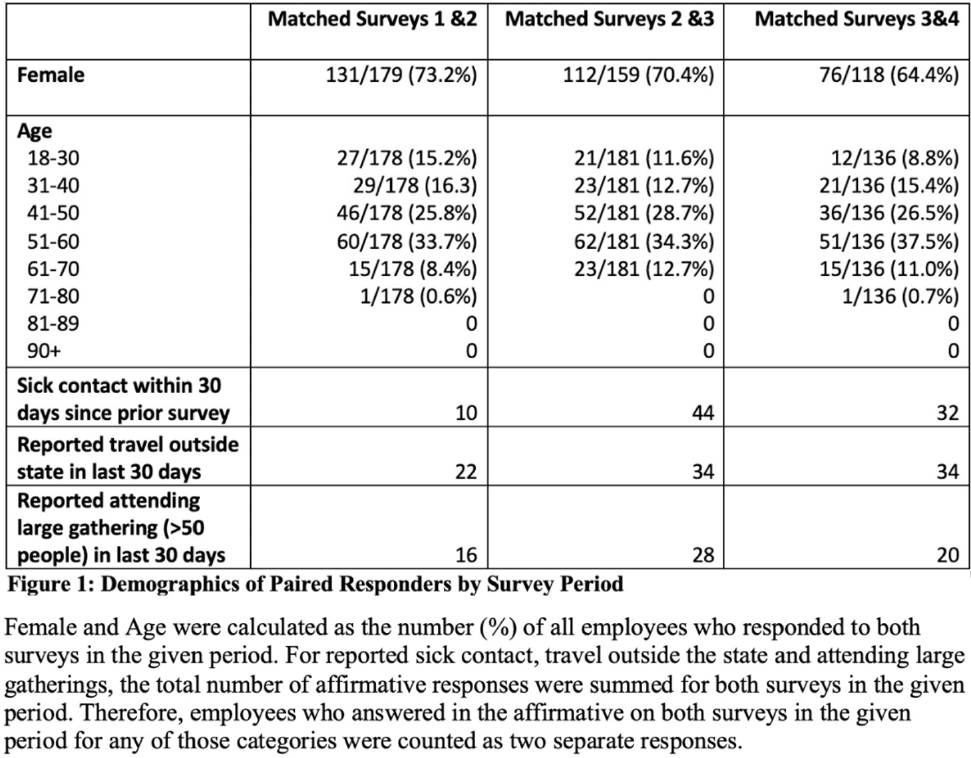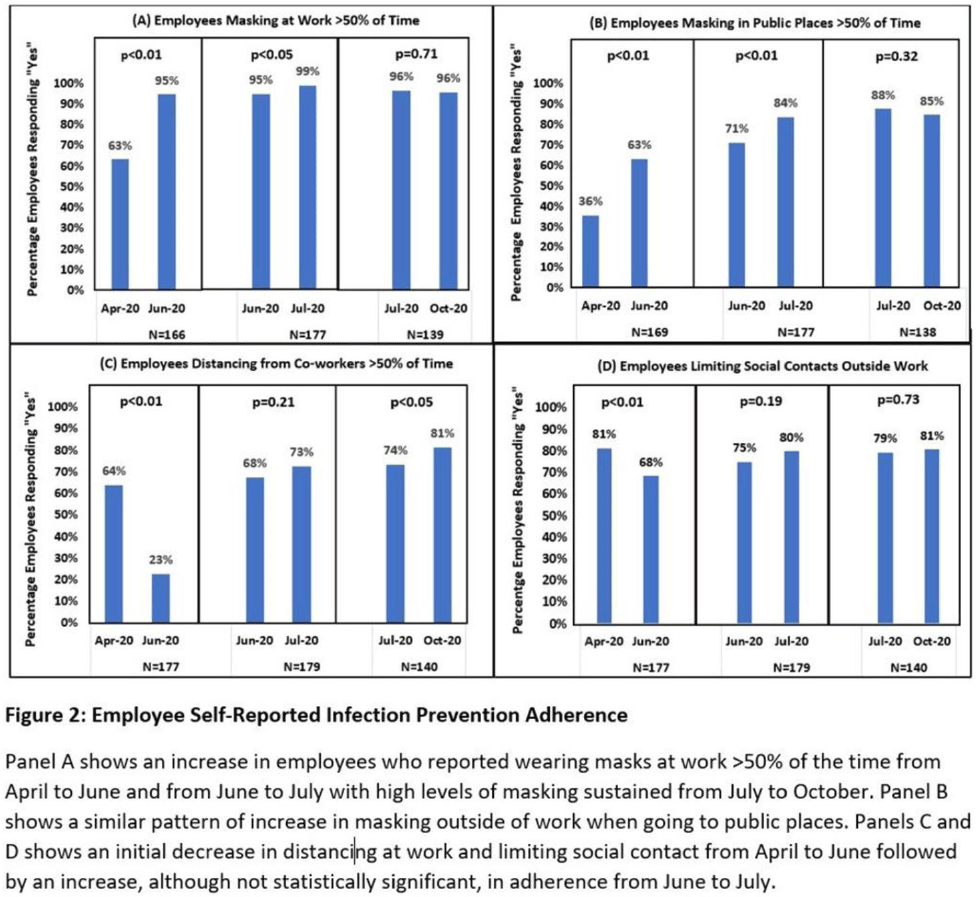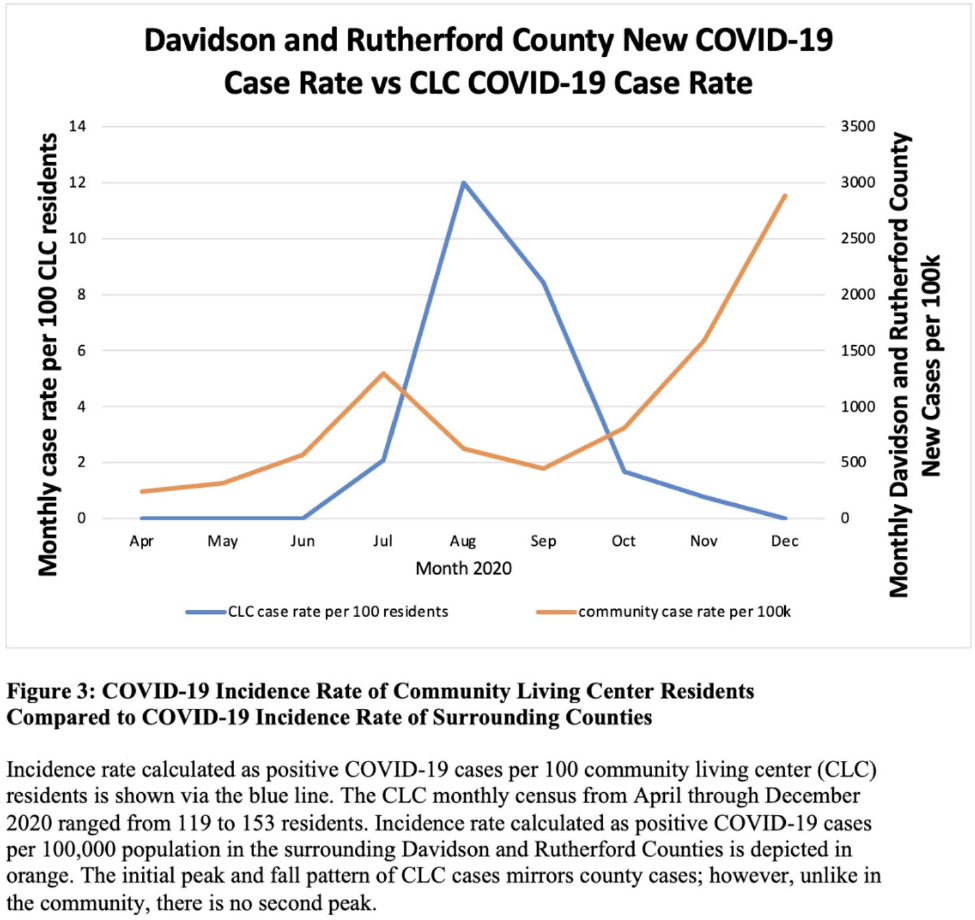123 results
7 Does Neurocognition Contribute to Age-Related Differences in the Accuracy and Sharing of COVID-19 Misinformation?
-
- Journal:
- Journal of the International Neuropsychological Society / Volume 29 / Issue s1 / November 2023
- Published online by Cambridge University Press:
- 21 December 2023, pp. 322-323
-
- Article
-
- You have access
- Export citation
Physical Activity and Social Interaction among Rural Older Adults in Saskatchewan during COVID-19
-
- Journal:
- Canadian Journal on Aging / La Revue canadienne du vieillissement / Volume 42 / Issue 3 / September 2023
- Published online by Cambridge University Press:
- 26 July 2023, pp. 375-385
-
- Article
- Export citation

The People of Print
- Seventeenth-Century England
-
- Published online:
- 18 May 2023
- Print publication:
- 08 June 2023
-
- Element
- Export citation
Astrovirology: how viruses enhance our understanding of life in the Universe
-
- Journal:
- International Journal of Astrobiology / Volume 22 / Issue 4 / August 2023
- Published online by Cambridge University Press:
- 05 April 2023, pp. 247-271
-
- Article
-
- You have access
- Open access
- HTML
- Export citation
Long-term care facility employee infection prevention adherence and prevention of COVID-19 outbreaks in a high-incidence area
-
- Journal:
- Antimicrobial Stewardship & Healthcare Epidemiology / Volume 2 / Issue S1 / July 2022
- Published online by Cambridge University Press:
- 16 May 2022, pp. s50-s51
-
- Article
-
- You have access
- Open access
- Export citation
Key lessons and strategies for implementing single IRB review in the Trial Innovation Network
-
- Journal:
- Journal of Clinical and Translational Science / Volume 6 / Issue 1 / 2022
- Published online by Cambridge University Press:
- 19 April 2022, e53
-
- Article
-
- You have access
- Open access
- HTML
- Export citation
Mapping anorexia nervosa genes to clinical phenotypes
-
- Journal:
- Psychological Medicine / Volume 53 / Issue 6 / April 2023
- Published online by Cambridge University Press:
- 05 April 2022, pp. 2619-2633
-
- Article
-
- You have access
- Open access
- HTML
- Export citation
Practicality of job analysis in today’s world of work
-
- Journal:
- Industrial and Organizational Psychology / Volume 15 / Issue 1 / March 2022
- Published online by Cambridge University Press:
- 29 March 2022, pp. 65-69
-
- Article
- Export citation
Introduction to the themed issue on the design, development, evaluation, and dissemination of team science interventions in clinical and translational research
-
- Journal:
- Journal of Clinical and Translational Science / Volume 5 / Issue 1 / 2021
- Published online by Cambridge University Press:
- 02 December 2021, e202
-
- Article
-
- You have access
- Open access
- HTML
- Export citation
Nutrient comparisons of margarine/margarine-like products, butter blend products and butter in the US marketplace in 2020 post-FDA ban on partially hydrogenated oils
-
- Journal:
- Public Health Nutrition / Volume 25 / Issue 5 / May 2022
- Published online by Cambridge University Press:
- 02 November 2021, pp. 1123-1130
-
- Article
-
- You have access
- Open access
- HTML
- Export citation
Evaluation of panicle removal methods and crop topping applications as supplemental tools for wild oat (Avena fatua) management
-
- Journal:
- Weed Technology / Volume 35 / Issue 6 / December 2021
- Published online by Cambridge University Press:
- 12 July 2021, pp. 932-944
-
- Article
-
- You have access
- Open access
- HTML
- Export citation
Identifying opportunities for strengthening advice to enhance vegetable liking in the early years of life: qualitative consensus and triangulation methods
-
- Journal:
- Public Health Nutrition / Volume 25 / Issue 5 / May 2022
- Published online by Cambridge University Press:
- 03 May 2021, pp. 1217-1232
-
- Article
-
- You have access
- Open access
- HTML
- Export citation
14820 Mental Health Mobile App Use in Integrated Primary Care Settings: Considerations for Serving Underserved Patients
-
- Journal:
- Journal of Clinical and Translational Science / Volume 5 / Issue s1 / March 2021
- Published online by Cambridge University Press:
- 30 March 2021, pp. 50-51
-
- Article
-
- You have access
- Open access
- Export citation
Post-natal diagnosis and catheter-based management of premature fetal ductal closure presenting as unilateral pulmonary artery thrombosis and right ventricular failure
-
- Journal:
- Cardiology in the Young / Volume 31 / Issue 5 / May 2021
- Published online by Cambridge University Press:
- 21 December 2020, pp. 833-835
-
- Article
- Export citation
4373 Defining the role of non-canonical PIK3CA mutations in head and neck squamous cell carcinoma
-
- Journal:
- Journal of Clinical and Translational Science / Volume 4 / Issue s1 / June 2020
- Published online by Cambridge University Press:
- 29 July 2020, p. 5
-
- Article
-
- You have access
- Open access
- Export citation
4127 Achieving health equity in translational research: Applying critical race theory in workforce curricula to address disparity
-
- Journal:
- Journal of Clinical and Translational Science / Volume 4 / Issue s1 / June 2020
- Published online by Cambridge University Press:
- 29 July 2020, p. 77
-
- Article
-
- You have access
- Open access
- Export citation
3 - The Limits of Humanitarianism: Decolonization, the French Red Cross, and the Algerian War
- from Part I - Anti-Colonial Struggles and the Right to Self-Determination
-
-
- Book:
- Decolonization, Self-Determination, and the Rise of Global Human Rights Politics
- Published online:
- 24 June 2020
- Print publication:
- 16 July 2020, pp 79-108
-
- Chapter
- Export citation
ALGERIAN, FRENCH, AND SOUTH AFRICAN EX-COMBATANTS - Making Peace with Your Enemy: Algerian, French, and South African Ex-Combatants. By Laetitia Bucaille. Translated by Ethan Rundell. Philadelphia: University of Pennsylvania Press, 2019. Pp. 376. $99.95, hardcover (ISBN: 9780812251104).
-
- Journal:
- The Journal of African History / Volume 61 / Issue 2 / July 2020
- Published online by Cambridge University Press:
- 07 October 2020, pp. 284-286
- Print publication:
- July 2020
-
- Article
- Export citation
Association between change in self-reported sugar intake and a sugar biomarker (δ13C) in children at increased risk for type 1 diabetes
-
- Journal:
- Journal of Nutritional Science / Volume 9 / 2020
- Published online by Cambridge University Press:
- 11 May 2020, e16
-
- Article
-
- You have access
- Open access
- HTML
- Export citation
The role of data and safety monitoring boards in implementation trials: When are they justified?
-
- Journal:
- Journal of Clinical and Translational Science / Volume 4 / Issue 3 / June 2020
- Published online by Cambridge University Press:
- 05 March 2020, pp. 229-232
-
- Article
-
- You have access
- Open access
- HTML
- Export citation






